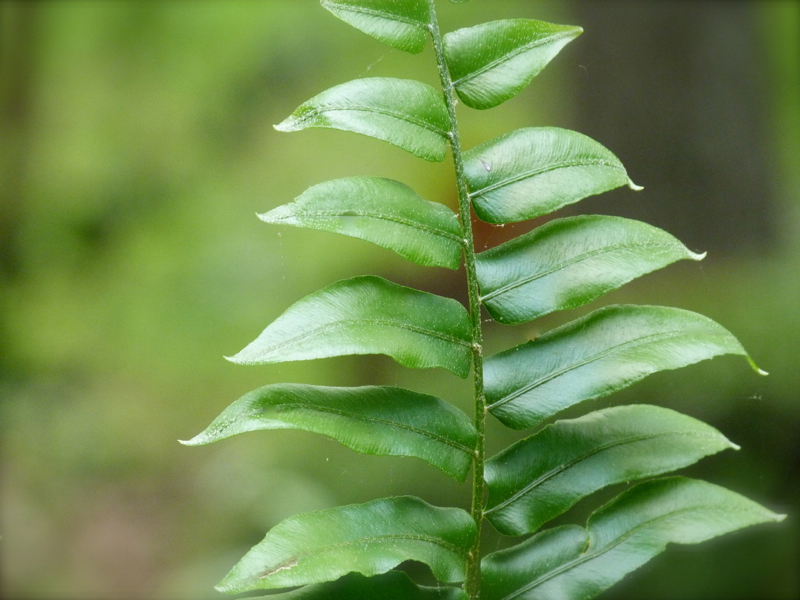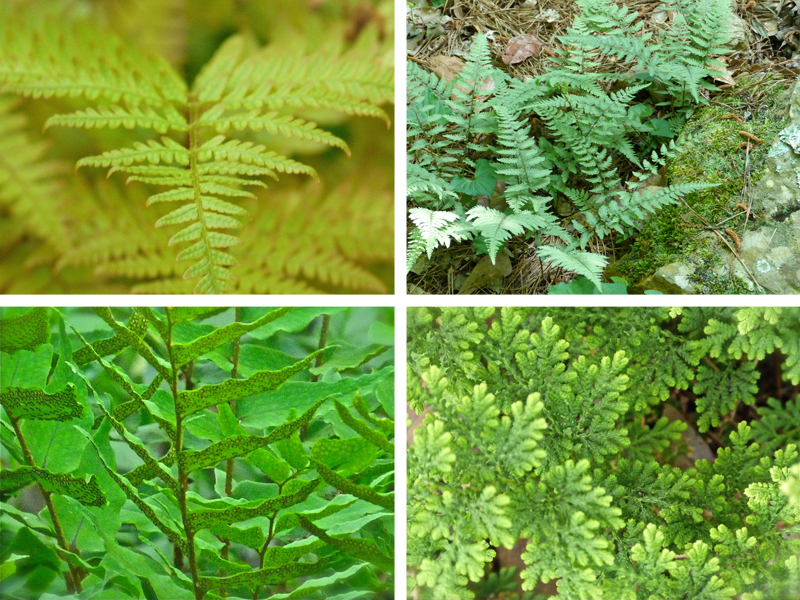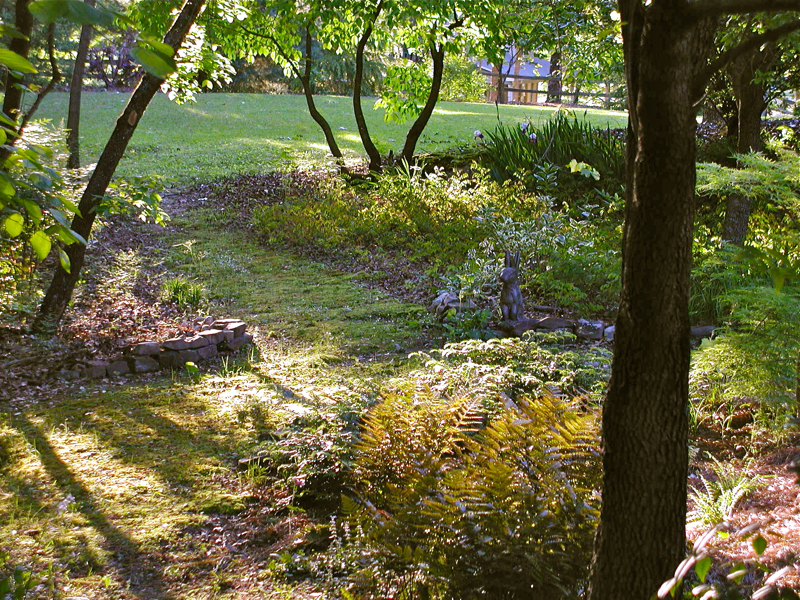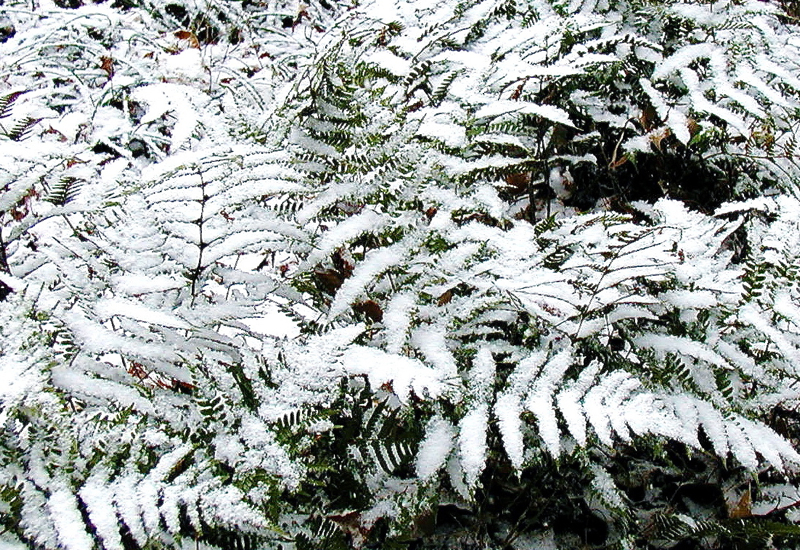A Walk in the April Garden
 Monday, April 23, 2012 at 1:30PM
Monday, April 23, 2012 at 1:30PM I didn't see the garden for three days this week, since I left for work very early and returned well after dark each day. So this morning was a delight when I finally had a chance to stroll through the garden. April is a beautiful month. Early spring is over, but there are still lovely flowers to enjoy. Bare winter branches are fully covered with attractive foliage. We haven yet been hit by fungus and bugs and swaddling humidity. The air was unusually crisp with cool breezes. I wish I could can it up and then release it in August!
Imagine that breeze and the gentle sun upon your face. Think of a host of birds chirping. Conjure up the fragrance of flowers and fresh pine straw and bark, and breathe in all the sweet aromas of the good earth. Now you can enjoy, as I did, a walk in the April garden.
Beside the patio, 'Anthony Waterer' spirea is blooming. I love this shrub for its feathery leaves and lacy blooms:
Here are more flowers blooming around the garden:Top row: Another spirea, 'Goldmound'; A daisy, beautifully simple in a vase on the patio table. 2nd row: Purple salvia; foxglove. 3rd row: Confederate jasmine; Knockout rose. 4th row: A few pansies still bloom. Some I have tucked in the vegetable garden, others are in the front garden near my very old rubber lizard.
I am not a rosarian. All of my roses are simple, low maintenance types. One of the prettiest is 'Penelope':
More photos of roses blooming in April:Top row: More images of "Penelope'. 2nd row: 'Mutabilis', flower and bud. 3rd row: Species rose 'Agnes', bud and bloom. 4th row: 'Zephirine drouhin'; Rosa rugosa 'Alba'.
Heliotrope is a marvelously fragrant annual:
In the woodland garden:Top: Indigofera tinctoria grows as a ground cover in the woodland garden. 2nd row: A close-up of Indigofera blooms; Viburnum dentatum. 3rd row:Tiny blooms of Hearts-a-burstin; The very last camellia bloom of the season, 'Gunsmoke'.
As much as I love flowers, my garden is held together by its foliage. Here are four plants that in different seasons have beautiful flowers, but I also admire their distintive leaves:Clockwise from top left: Hydrangea "Lady in Red'; 'Dogwood 'Cherokee Sunset'; A variegated hosta, a seedling that sprouted in the woodland garden; A gold leaf heuchera - sorry, I have forgotten its name!
I recently purchased a fern that is not hardy, so it will remain in a pot. The big box store helpfully labeled it as: Houseplant, Fern. I laughed, but I think it will enjoy a shady spot in the garden. I really like its leaf:
Here are four hardy ferns that are growing well after several years in my garden: Clockwise from top left: Golden new growth of Autumn fern; Silvery Lady fern; Arborvitae fern; Holly fern
Clockwise from top left: Golden new growth of Autumn fern; Silvery Lady fern; Arborvitae fern; Holly fern
Finally, I came across a Japanese maple leaf, fallen too soon, bright against the pine straw:
It is a reminder to take time to enjoy the garden often, for it is ever changing and today's beauty is fleeting. (But tomorrow also has its own charms to reveal!)
 Permalink
Permalink 

